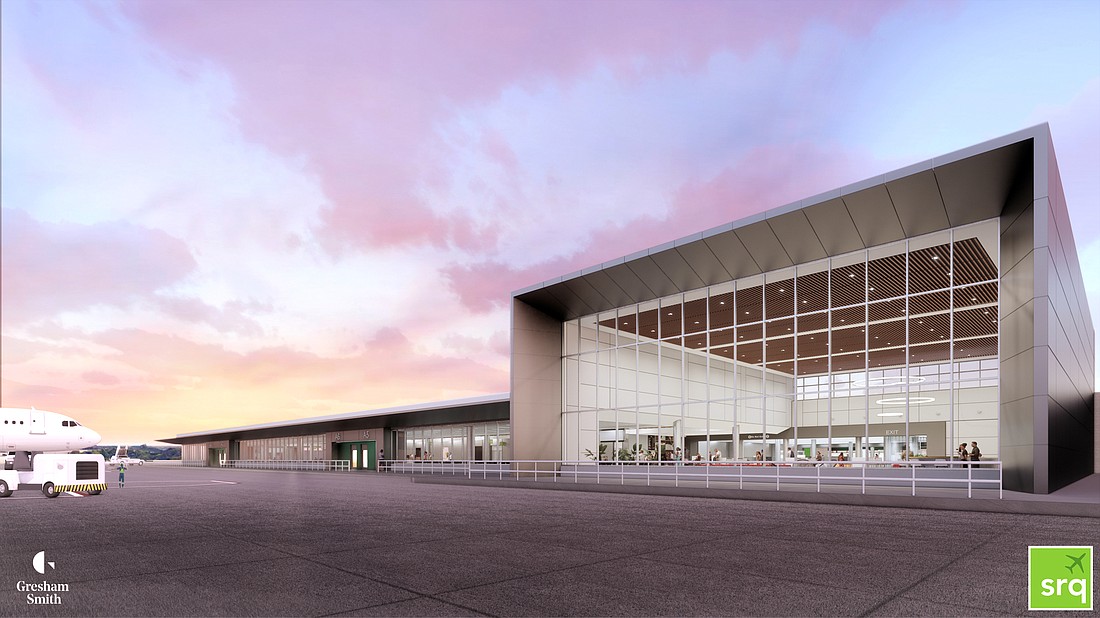- December 18, 2025
-
-
Loading

Loading

A desperately needed increase in passenger capacity is coming to the Sarasota-Bradenton International Airport, possibly by 2024. In airport expansion terms, that’s supersonic speed.